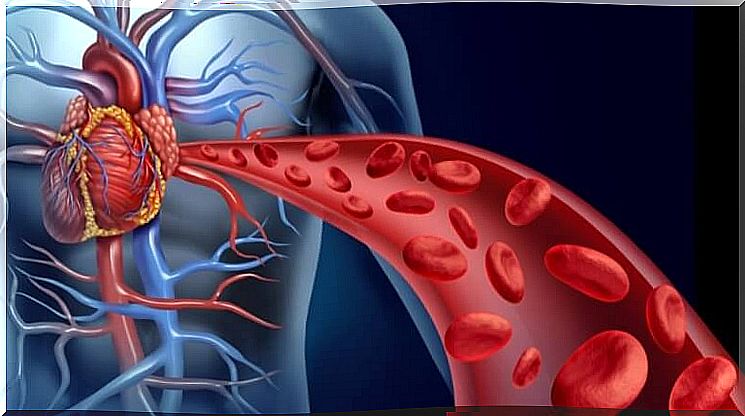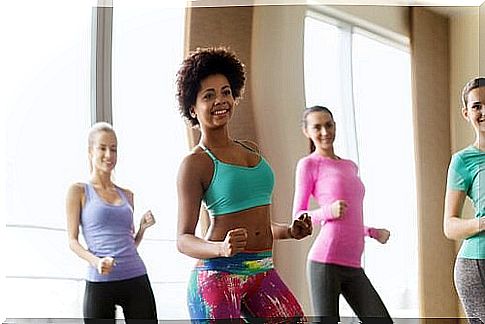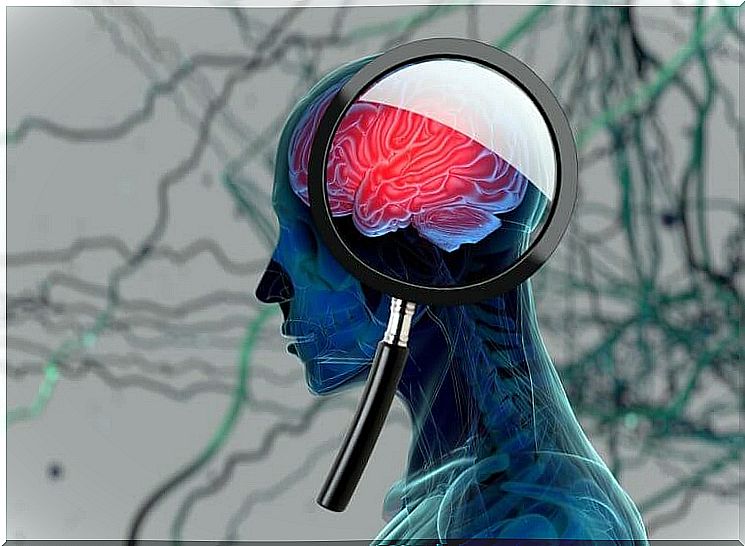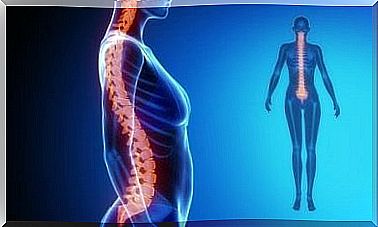The Benefits Of Dancing For Body Health

The health benefits of dancing are many, as are the skills you can learn with dance, for example teamwork. In couple dance, you will learn that the success of the choreography depends on both dancers.
Dancing, regardless of technique, is a response to an instinct. Have you ever let yourself go to the rhythm of the music? The famous dancer Isadora Duncan explains it to us very well when she says: “Dance is not only technique, but it is a profound vital impulse”.
It is not about being perfect, but about having fun, feeling good about your body and enjoying the sensations that dance offers. If you avoid dancing because you feel ashamed or afraid, don’t be discouraged: dancing offers many alternatives and they all bring enormous benefits to our health. In this article, we reveal the health benefits of dancing.
Discover the health benefits of dancing
It improves circulation and reduces cholesterol

Dancing is an endurance exercise, so the heart works harder than normal. This allows the blood to circulate more fluidly.
At the same time, the movement helps to burn fat, as a result, the cholesterol that clogs the arteries is eliminated. This reduces the risk of coronary or cerebrovascular disease.
Helps to lose weight
Health benefits of dancing include weight loss. Whether we like it or not, physical image matters, as does our weight. As already mentioned, dancing is ideal for getting rid of the excess fats that complicate our relationship with the scale.
By moving all the muscles in the body, it is possible to lose weight but also tone up. The dance therefore counteracts the accumulation of fat mass. Our body will look fitter and we will be leaner.
Strengthens the bones

The dance leads us to use the entire bone structure. Outside of the gym and competitive sports, there is no activity as important to our health as dancing.
Hence, we recommend everyone to practice it, but especially middle-aged people as it helps prevent osteoporosis.
Develop creativity
Dancing involves balance and movement. With dance we move and sway different parts of the body in different ways. Dancing is one of the few disciplines that requires the mastery of all the muscles of the body to be able to move it to the rhythm of the music.
At the same time, it leads us to think differently. When we dance, we move the body to the rhythm of the music with the same intensity of the heartbeats, how is this possible?
Simply because we let ourselves be guided by intuition, and this is the secret of success. In this way we will feel uninhibited and will not adapt to the common way of thinking. The brain gets used to this new information processing and replicates it in different areas as well.
In summary, we can say that the health benefits of dance include the creative development of our mind.
Improve your memory

The dance lessons take place following a choreography. Little by little the steps are memorized by incorporating them into the body language.
The benefits of this practice are amazing in the long run. Not only because they improve mood and sleep, helping you rest more deeply, but your memory will also benefit. Just observe and rehearse the choreography a couple of times to memorize it.
Decrease stress
Dancing is a fun activity. When practiced, the brain releases endorphin and serotonin, the hormones of well-being and happiness.
In this sense, dancing is very effective in fighting depression and loneliness. Try to practice it together with other people. By doing this, you will no longer experience that sense of isolation and loneliness that you happen to feel when you are stressed or depressed.
Teach teamwork

In general, dancing with other people leads to understanding each other with just a glance. We dance in total synchrony and the result is synergistic teamwork.
Although there may be one person who plays a major role in the choreography, this must necessarily be part of an agreement between the participants. Conversely, if there are struggles to dominate or desire to emerge over others, the dance will not have the same synergy.
Precisely for this reason we learn that in the dance the result does not depend only on us nor on our desire to emerge. We learn to be a small part of a bigger something in which we depend on each other. If one falls, they all fall. If one member of the group makes a mistake, the mistake affects the others.
If you don’t like playing sports, what about trying to dance now that you know the health benefits of dancing? Tell us how it goes if you decide to try!









